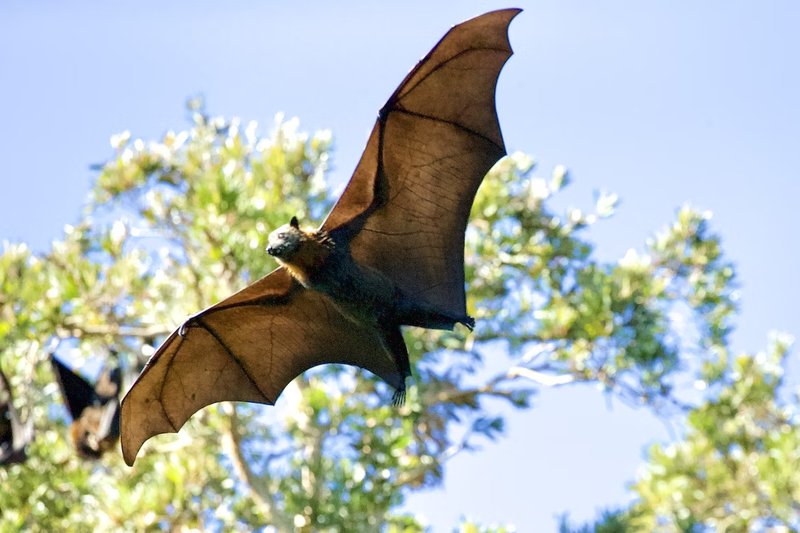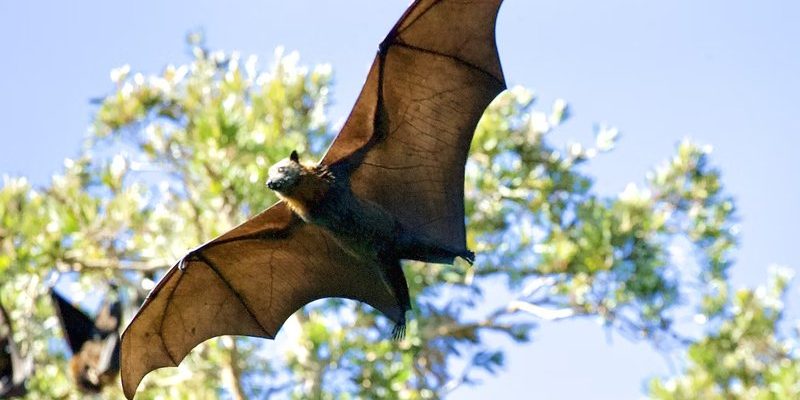
Just like how our perception of night might be shaped by horror movies, our understanding of bats can also be clouded by myths. If you’ve ever been curious about these flying mammals, or if you’re just tired of all the misinformation out there, let’s dive into some common myths and misconceptions about bats. Trust me, it’s like peeling back the layers of an onion—each layer reveals something new and interesting.
Bats Are Blind
One of the most popular myths is that bats are completely blind. You might have heard the phrase “blind as a bat,” but here’s the truth: bats aren’t blind at all! Most bats have excellent eyesight, especially in low light. They rely on vision combined with their incredible echolocation abilities to navigate and hunt for food, which can include insects, fruit, or even nectar.
Echolocation is like nature’s version of sonar. Bats emit high-frequency sounds that bounce off objects, allowing them to “see” their surroundings in pitch darkness. Imagine sending out a sound wave and getting a detailed map in return—pretty impressive, right? So, while they might not see as well as we do during the day, they’re far from being blind.
All Bats Are Vicious Bloodsuckers
Another common misconception is that all bats are bloodsuckers. While it’s true that some species, specifically the vampire bat, feed on blood, they make up a tiny fraction of the bat population. The vast majority of bats are actually harmless and play beneficial roles in their environments.
For instance, many bats are insectivores, munching on pests like mosquitoes and beetles. In fact, a single bat can eat thousands of insects in one night! Others are frugivores, which means they eat fruit. They help with pollination and seed dispersal, making them essential for plant health. So rather than fearing bats, consider how they contribute to the ecosystem.
Bats Carry Rabies
It’s true that bats can carry rabies, but so can many other animals, including dogs, raccoons, and squirrels. The key here is understanding risk. According to the Centers for Disease Control and Prevention (CDC), only a small percentage of bats actually carry the disease. The chances of encountering a rabid bat are extremely low, especially if you respect their space and don’t handle them.
Most bats are shy and tend to avoid humans. They’re not waiting for the chance to swoop down and bite you. If you see a bat during the day, however, it may be sick or injured, and that can be a cause for concern. In those instances, it’s best to contact wildlife professionals who can handle the situation safely.
Bats Live in Caves
While many people picture bats hanging out in dark, mysterious caves, the reality is a bit more varied. Bats can roost in a range of locations that provide safety and some level of warmth. You’ll find them in trees, under bridges, in attics, and even in old buildings. These roosting sites can vary depending on the species and the time of year.
For instance, some bats prefer to roost in large colonies for warmth during winter, while others may seek out solitary spaces in warmer months. The variety in habitats is quite fascinating! So next time you think of bats, remember they’re not just cave dwellers—they’re adaptable creatures that can thrive in diverse environments.
Bats Are Pests
You might be surprised to hear this, but bats are actually considered beneficial to humans. As I mentioned earlier, many of them help control insect populations. That’s right—having bats around could mean fewer mosquitos buzzin’ around your backyard during a summer barbeque.
Moreover, fruit bats are essential for the health of various ecosystems. They help with the pollination of flowers and the dispersal of seeds, which promotes biodiversity. In places like tropical rainforests, bats play a crucial role in maintaining the overall health of the environment. So instead of seeing bats as pests, we should recognize them as nature’s little helpers.
All Bats Are Nocturnal
While many species of bats are nocturnal, meaning they’re active at night, not all bats fit into this category. Some bats, especially in tropical regions, may be crepuscular, meaning they’re most active during dawn and dusk. This behavior allows them to exploit the times when their food sources are most abundant.
Nocturnal behavior is an adaptation that helps bats avoid predators and also capitalize on their hunting skills. However, it’s worth noting that some bat species have adapted to urban environments and may be seen during the day, especially if they’re looking for food or a warm place to roost. So, if you spot a bat flying around in daylight, don’t panic—it might just be going about its business.
Bats are often misunderstood creatures, wrapped in myths and misconceptions. From being labeled as blind to being feared as vicious bloodsuckers, it’s clear that the reality of bats is far more fascinating and less frightening. These incredible animals are not just key players in maintaining ecological balance, but they also deserve our respect and protection.
The next time you hear someone spread a myth about bats, you can set the record straight! Just remember, they’re not just flying around for the sake of it; they’re contributing to our planet in ways we might not even realize. So let’s appreciate these unique creatures for the roles they play and work towards coexisting with them peacefully.
By shedding light on these misconceptions, we can help foster a greater understanding and appreciation for bats, ensuring they continue to thrive alongside us.

